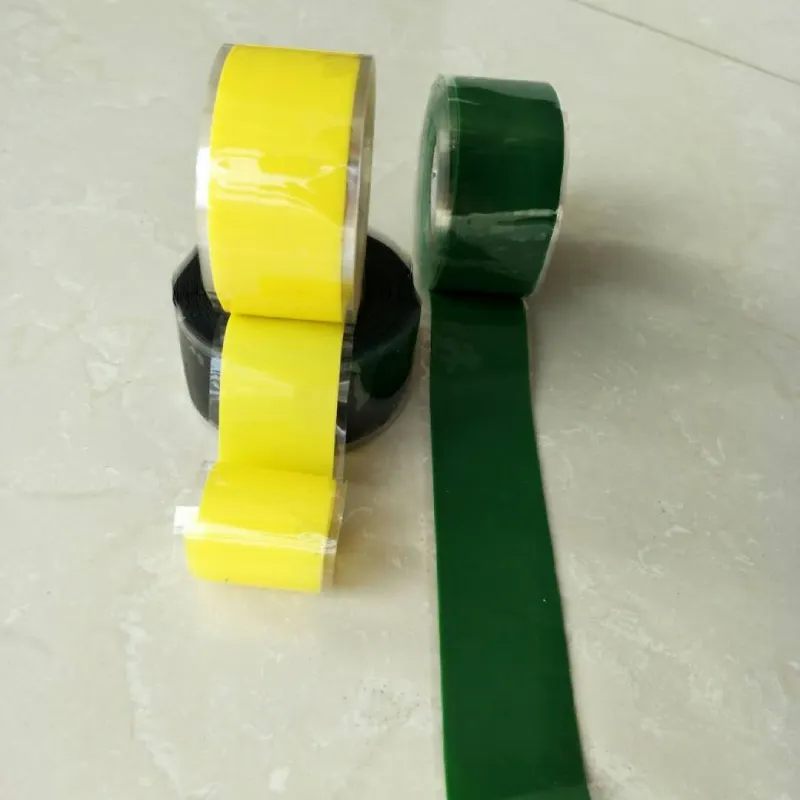Types of Intumescent Strips A Comprehensive Overview
Intumescent strips, essential components in fire protection systems, play a crucial role in enhancing the fire resistance of buildings. These strips are designed to expand when exposed to high temperatures, creating a protective barrier that seals gaps in doors, windows, and other structural openings. This article explores the various types of intumescent strips, their applications, and their importance in maintaining fire safety standards.
1. What Are Intumescent Strips?
Intumescent strips are materials that respond to heat by swelling rapidly. Typically made from a combination of substances like graphite, clay, or other fire-resistant materials, these strips can expand to many times their original thickness when exposed to temperatures above 200°C (392°F). This expansion allows them to effectively seal openings, preventing the passage of smoke and flames during a fire.
2. Different Types of Intumescent Strips
Intumescent strips can be classified based on several criteria, including composition, application, and installation method. Here are the primary types
a. Material Composition
- Graphite-Based Strips These strips use graphite as their primary material. When heated, they expand significantly, creating a thick barrier that effectively prevents fire and smoke from spreading. Graphite-based intumescent strips are commonly used in commercial buildings because of their excellent fire-resistance properties. - Clay-Based Strips Made from a mixture of clay and other additives, these strips expand to form a dense char when exposed to heat. Clay-based intumescent strips are often used in residential applications, where they can provide effective protection for doors and window frames.
- Polymer-Based Strips These intumescent strips are impregnated with a polymer that enhances their performance. Although they may not expand as much as graphite or clay strips, they can still provide effective fire resistance, particularly in less demanding applications.
b. Application Type
- Door Seals Intumescent strips are frequently installed around the edges of fire doors. When heated, they expand to fill the gaps between the door and the frame, preventing smoke infiltration and maintaining the integrity of the fire barrier.
types of intumescent strips

- Window Frames Similarly, intumescent strips can be applied around window frames to seal them during a fire event. This application is crucial in preventing smoke from entering adjacent spaces and maintaining compartmentalization.
- Service Penetrations Intumescent strips are often used in systems where electrical or mechanical services pass through fire-rated walls or ceilings. They expand to seal these penetrations, ensuring that fire does not compromise the overall safety of the building.
3. Installation Methods
Installation methods for intumescent strips vary based on the application and the manufacturer’s guidelines. Common installation methods include
- Adhesive Backing Many intumescent strips come with a self-adhesive backing, making them easy to install. Users can simply peel off the protective layer and stick the strip to the desired surface.
- Mechanical Fixing In some cases, intumescent strips may require mechanical fastening, especially in high-traffic areas or where enhanced durability is necessary. Screws or clips may be used to secure the strip in place.
4. Importance in Fire Safety
The significance of intumescent strips cannot be overstated. They are a vital component of passive fire protection systems, which work to contain fires and prevent their spread. By sealing gaps and openings, intumescent strips protect lives and property by delaying the onset of fire and smoke invasion. Their effectiveness is typically evaluated through testing and compliance with national and international fire safety standards.
Conclusion
In summary, intumescent strips are indispensable for fire protection in both residential and commercial buildings. Their various types, based on material composition and application, provide versatile solutions for enhancing fire resistance. Understanding the proper installation and usage of intumescent strips is crucial for ensuring compliance with fire safety regulations, ultimately safeguarding occupants and property from the devastating effects of fire. As fire safety technology continues to evolve, the role of intumescent strips remains a critical aspect of modern building design and safety planning.
-
XIANGFAN Rubber Tape-Ultimate Solutions for All Your Insulation NeedsNewsJun.24,2025
-
XIANGFAN Rubber Tape-Protection for Industrial and Residential ApplicationsNewsJun.24,2025
-
XIANGFAN Rubber Tape: Superior Safety and Sealing for Demanding EnvironmentsNewsJun.24,2025
-
XIANGFAN Rubber Tape: Reliable Solutions for Every Electrical ChallengeNewsJun.24,2025
-
XIANGFAN Electrical & Industrial Tape: Powering Reliability Across IndustriesNewsJun.24,2025
-
XIANGFAN Electrical & Industrial Tape: Excellence in Every ApplicationNewsJun.24,2025
